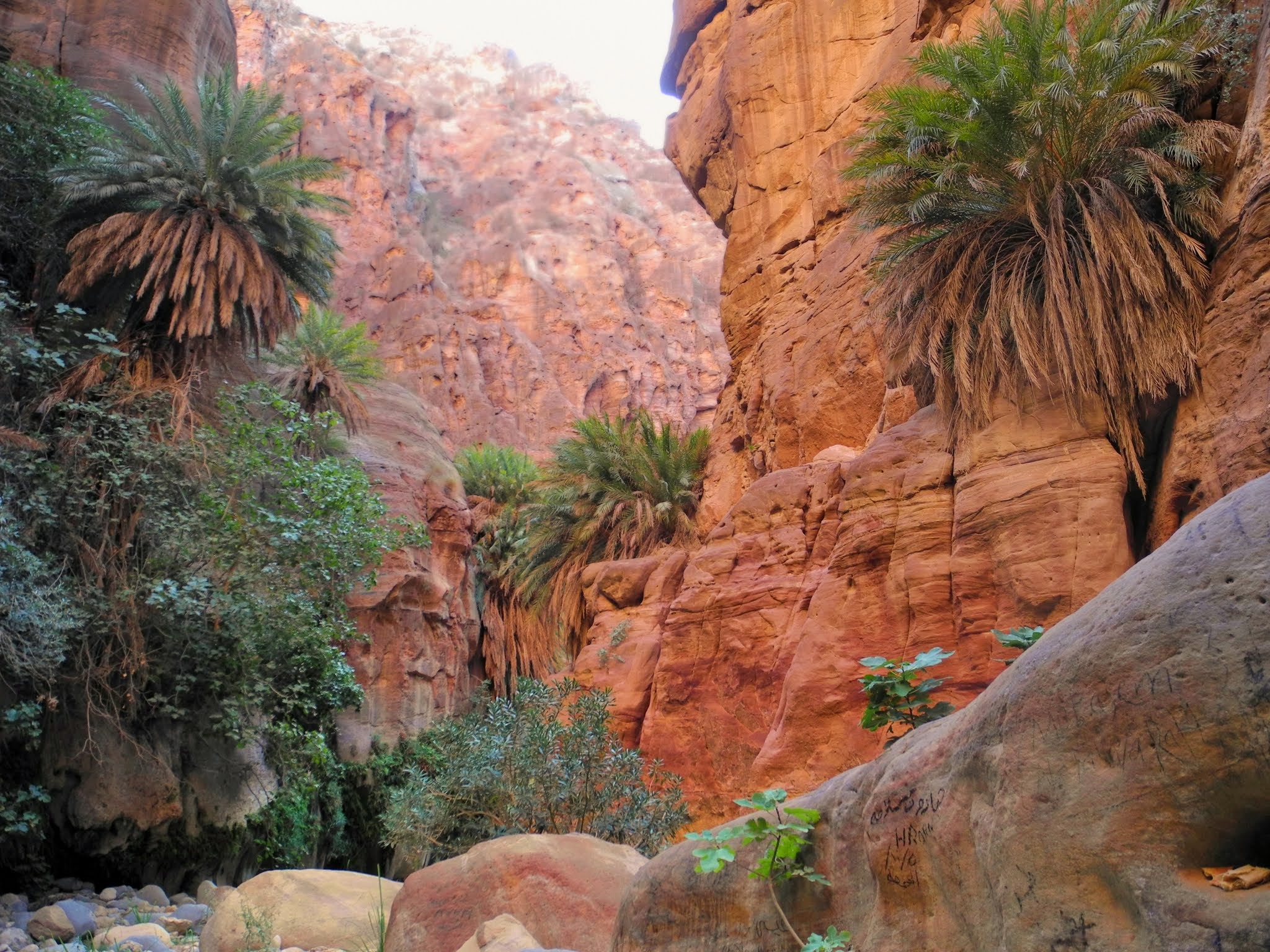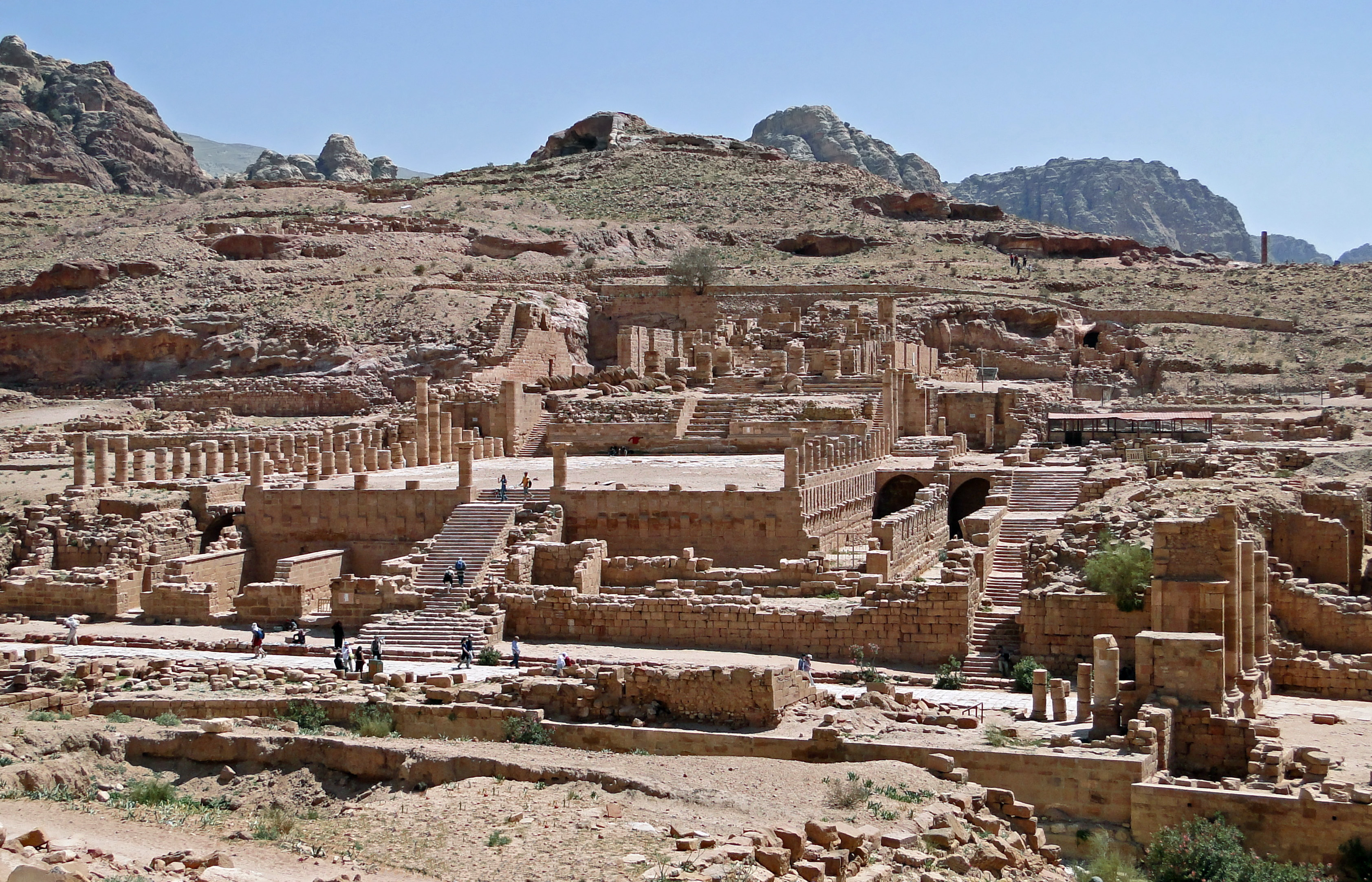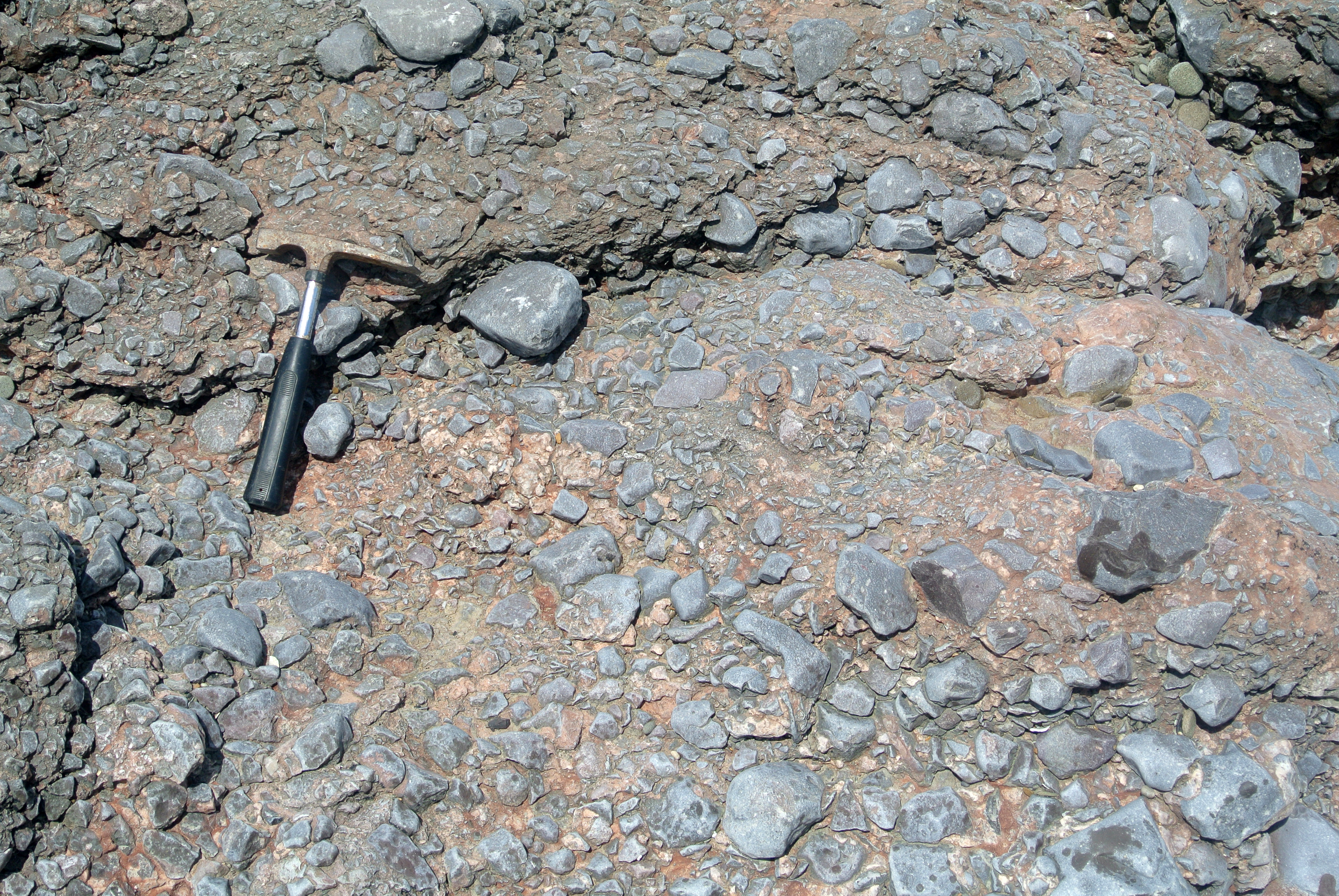|
Rivers Of Jordan
This is a list of rivers in Jordan. This list is arranged by drainage basin, with respective tributaries indented under each larger stream's name. Many of these rivers are seasonal. Dead Sea Rivers and streams flowing into the Dead Sea: Jordan River with affluents The Jordan River is the major river flowing into the Dead Sea from the north. It also is the northern part of the western border of Jordan. Its affluents are listed from north to south. *Jordan River **Yarmouk River - largest tributary of the Jordan and forms part of the northern border of Jordan with Syria and Israel. Flows into the Jordan just south of the Sea of Galilee ** Wadi al-'ArabMap of the Lower Jordan River from Sarig Gafny, Samer Talozi, Banan Al Sheikh, Elizabeth Ya ... [...More Info...] [...Related Items...] OR: [Wikipedia] [Google] [Baidu] |
Jordan
Jordan, officially the Hashemite Kingdom of Jordan, is a country in the Southern Levant region of West Asia. Jordan is bordered by Syria to the north, Iraq to the east, Saudi Arabia to the south, and Israel and the occupied Palestinian territories to the west. The Jordan River, flowing into the Dead Sea, is located along the country's western border within the Jordan Rift Valley. Jordan has a small coastline along the Red Sea in its southwest, separated by the Gulf of Aqaba from Egypt. Amman is the country's capital and List of cities in Jordan, largest city, as well as the List of largest cities in the Levant region by population, most populous city in the Levant. Inhabited by humans since the Paleolithic period, three kingdoms developed in Transjordan (region), Transjordan during the Iron Age: Ammon, Moab and Edom. In the third century BC, the Arab Nabataeans established Nabataean Kingdom, their kingdom centered in Petra. The Greco-Roman world, Greco-Roman period saw the ... [...More Info...] [...Related Items...] OR: [Wikipedia] [Google] [Baidu] |
Wadi Zarqa Ma'in
Wadi ( ; ) is a river valley or a wet (ephemeral) riverbed that contains water only when heavy rain occurs. Wadis are located on gently sloping, nearly flat parts of deserts; commonly they begin on the distal portions of alluvial fans and extend to inland sabkhas or dry lakes. Permanent channels do not exist, due to lack of continual water flow. Water percolates down into the stream bed, causing an abrupt loss of energy and resulting in vast deposition. Wadis may develop dams of sediment that change the stream patterns in the next flash flood. Wadis tend to be associated with centers of human population because sub-surface water is sometimes available in them. Nomadic and pastoral desert peoples will rely on seasonal vegetation found in wadis, even in regions as dry as the Sahara, as they travel in complex transhumance routes. The centrality of wadis to water – and human life – in desert environments gave birth to the distinct sub-field of wadi hydrology in the 1990s. ... [...More Info...] [...Related Items...] OR: [Wikipedia] [Google] [Baidu] |
Red Sea
The Red Sea is a sea inlet of the Indian Ocean, lying between Africa and Asia. Its connection to the ocean is in the south, through the Bab-el-Mandeb Strait and the Gulf of Aden. To its north lie the Sinai Peninsula, the Gulf of Aqaba, and the Gulf of Suez—leading to the Suez Canal. It is underlain by the Red Sea Rift, which is part of the Great Rift Valley. The Red Sea has a surface area of roughly , is about long, and wide at its widest point. It has an average depth of , and in the central Suakin Trough, it reaches its maximum depth of . Approximately 40% of the Red Sea is quite shallow at less than deep and about 25% is less than deep. The extensive shallow shelves are noted for their marine life and corals. More than 1,000 invertebrate species and 200 types of soft and hard coral live in the sea. The Red Sea is the world's northernmost tropical sea and has been designated a Global 200 ecoregion. Extent The International Hydrographic Organization defines the limi ... [...More Info...] [...Related Items...] OR: [Wikipedia] [Google] [Baidu] |
Petra
Petra (; "Rock"), originally known to its inhabitants as Raqmu (Nabataean Aramaic, Nabataean: or , *''Raqēmō''), is an ancient city and archaeological site in southern Jordan. Famous for its rock-cut architecture and water conduit systems, Petra is also called the "Rose City" because of the colour of the sandstone from which it is carved. The city is one of the New 7 Wonders of the World and a UNESCO World Heritage Site. The area around Petra has been inhabited from as early as 7000 BC, and was settled by the Nabataeans, a nomadic Arab people, in the 4th century BC. Petra would later become the capital city of the Nabataean Kingdom in the second century BC. The Nabataeans invested in Petra's proximity to the incense trade routes by establishing it as a major regional trading hub, which gained them considerable revenue. Unlike their enemies, the Nabataeans were accustomed to living in the barren deserts and thus were able to defend their kingdom. They were particularly sk ... [...More Info...] [...Related Items...] OR: [Wikipedia] [Google] [Baidu] |
Wadi Musa
Wadi Musa (, literally "Valley of Musa (AS)) is a town located in the Ma'an Governorate in southern Jordan. It is the administrative center of the Petra Department and the nearest town to the archaeological site of Petra, being only 3.5 km (2.2 miles) away. Most of the locals belong to the Liyathnah tribe. It hosts many hotels and restaurants for tourists, and the important B'doul settlement of Umm Seyhoun, created after the community's forced displacement in 1985, is approximately from the town. Etymology ''Wadi Musa'' means "Valley of Moses" in Arabic. It is said that Moses passed through the valley and struck water from the rock for his followers at the site of ''Ain Musa'' ("Moses Spring" or "Moses' Well"). The Nabateans built channels that carried water from this spring to the city of Petra. Wadi Musa was also nicknamed the "Guardian of Petra". The Tomb of Aaron, the traditional burial site of biblical Aaron, the brother of Moses, is on nearby Jebel Harun, a strong can ... [...More Info...] [...Related Items...] OR: [Wikipedia] [Google] [Baidu] |
Wadi Al-Buwayridah
Wadi ( ; ) is a river valley or a wet (ephemeral) riverbed that contains water only when heavy rain occurs. Wadis are located on gently sloping, nearly flat parts of deserts; commonly they begin on the distal portions of alluvial fans and extend to inland sabkhas or dry lakes. Permanent channels do not exist, due to lack of continual water flow. Water percolates down into the stream bed, causing an abrupt loss of energy and resulting in vast deposition. Wadis may develop dams of sediment that change the stream patterns in the next flash flood. Wadis tend to be associated with centers of human population because sub-surface water is sometimes available in them. Nomadic and pastoral desert peoples will rely on seasonal vegetation found in wadis, even in regions as dry as the Sahara, as they travel in complex transhumance routes. The centrality of wadis to water – and human life – in desert environments gave birth to the distinct sub-field of wadi hydrology in the 1990s. ... [...More Info...] [...Related Items...] OR: [Wikipedia] [Google] [Baidu] |
Wadi Al-Hasa
Wadi al-Hasa (), known from the Hebrew Bible as the valley and brook of Zered (), is a wadi in western Jordan. It is located between the Karak and Tafilah governorates. Geography The wadi is very wide and long and flows into the Dead Sea at Al-Safi. Its length is approximately , and it contains many historical and modern facilities and farms. At no time during the year does the water stop flowing. There are many springs and other sources that feed it, particularly in the section flowing through the governorate of Tafilah. It is longer and wider than Wadi al-Moujib, which is located to the north. The wadi is part of the eastern Dead Sea basin. The waters of Wadi al-Hasa feed the Dead Sea; in winter they accumulate in the southern part of the Dead Sea. The area of the wadi's drainage basin is approximately . The wadi collects its waters from the desert wadis and streams whose basins reach the al-Jafr region to the east, and then flow down to the Jordan Rift Valley and into ... [...More Info...] [...Related Items...] OR: [Wikipedia] [Google] [Baidu] |
Arabah
The Arabah/Araba () or Aravah/Arava () is a loosely defined geographic area in the Negev Desert, south of the Dead Sea basin, which forms part of the border between Israel to the west and Jordan to the east. The old meaning, which was in use up to around the early 20th century, covered almost the entire length of what today is called the Jordan Rift Valley, running in a north–south orientation between the southern end of the Sea of Galilee and the northern tip of the Gulf of Aqaba of the Red Sea at Aqaba–Eilat. This included the Jordan River Valley between the Sea of Galilee and the Dead Sea, the Dead Sea itself, and what today is commonly called the Arava Valley. The contemporary use of the term is restricted to this southern section alone. Geography The Arabah is in length, from the Gulf of Aqaba to the southern shore of the Dead Sea. Topographically, the region is divided into three sections. From the Gulf of Aqaba northward, the land gradually rises over a distan ... [...More Info...] [...Related Items...] OR: [Wikipedia] [Google] [Baidu] |
Wadi Al-Karak
Wadi ( ; ) is a river valley or a wet (ephemeral) riverbed that contains water only when heavy rain occurs. Wadis are located on gently sloping, nearly flat parts of deserts; commonly they begin on the distal portions of alluvial fans and extend to inland sabkhas or dry lakes. Permanent channels do not exist, due to lack of continual water flow. Water percolates down into the stream bed, causing an abrupt loss of energy and resulting in vast deposition. Wadis may develop dams of sediment that change the stream patterns in the next flash flood. Wadis tend to be associated with centers of human population because sub-surface water is sometimes available in them. Nomadic and pastoral desert peoples will rely on seasonal vegetation found in wadis, even in regions as dry as the Sahara, as they travel in complex transhumance routes. The centrality of wadis to water – and human life – in desert environments gave birth to the distinct sub-field of wadi hydrology in the 1990s. ... [...More Info...] [...Related Items...] OR: [Wikipedia] [Google] [Baidu] |




